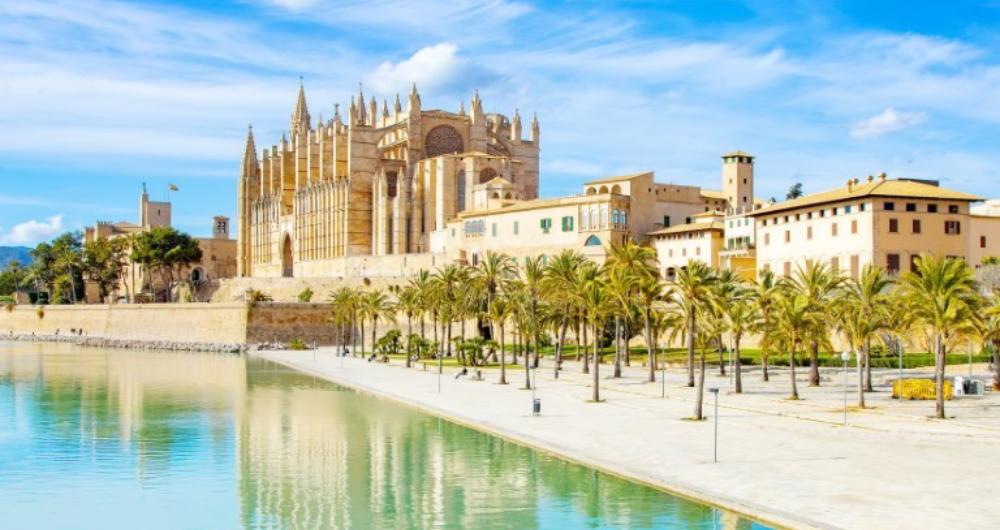In This Article
Dreaming of Mediterranean beauty, charming villages, and crystal-clear beaches? Head to Mallorca! Spain’s largest Balearic Island offers everything from hiking in the Serra de Tramuntana to sipping sangria by turquoise coves. Whether you're into history, food, or sun-soaked relaxation, Mallorca delivers unforgettable island vibes.
When I like to visit
The best time to visit Mallorca is from late spring through early fall (May through September). These months offer sunny weather, warm water for swimming, and bustling cultural events. April and October are ideal for fewer crowds and mild temperatures.
Tips for getting There
- By Air: Palma de Mallorca Airport (PMI) is the main gateway, with direct flights from major European cities and seasonal flights from the U.S.
- By Ferry: Regular ferries connect Palma with Barcelona, Valencia, and Ibiza. Great option if you're bringing a car.
- By Car: Renting a car is ideal for exploring remote beaches, hill towns, and mountain routes at your own pace.
Where I like to stay
- Belmond La Residencia – Luxury hotel in the picturesque village of Deià, with mountain views and fine dining.
- Cap Rocat – Secluded boutique stay in a restored fortress outside Palma, perfect for a romantic escape.
- Hotel Astoria Playa – Stylish adults-only hotel near Alcudia Beach, ideal for relaxation and beach access.
Top Attractions
1. Explore Prehistoric Ruins at Museu Arqueologic de Son Fornes (Son Fornes Museum)
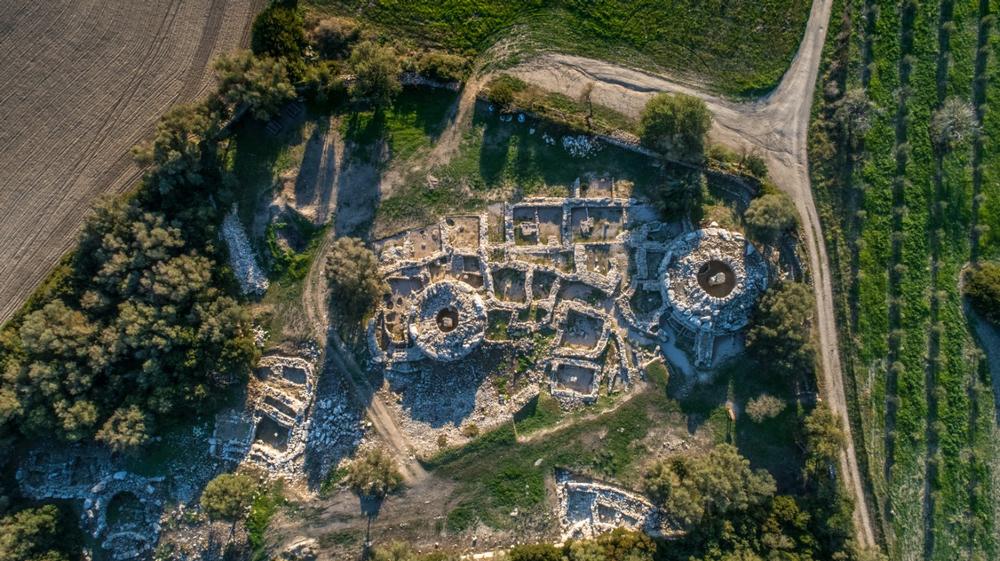
© ruben/stock.adobe.com
The Museu Arqueologic de Son Fornes (Son Fornes Museum) is dedicated to the history of Mallorca and provides an insight into prehistoric times on the island. The museum is based in an old flour mill dating back to the 18th century and known as Molí des Fraret. The building is an excellent example of traditional Majorcan architecture and houses an array of artifacts discovered at the nearby Son Fornés archaeological site. The museum gives visitors an idea of life in the Talayotic settlement of Son Fornés more than 2000 years ago, with exhibitions featuring an array of multimedia materials, images, objects, and texts. Guided tours also exhibit artifacts from the Post-Talayotic and Classical periods and provide fun activities for the whole family.
Museu Arqueologic de Son Fornes, Carrer Emili Pou, 07220 Montuïri, Illes Balears, Spain, Phone: +34-971-64-41-69, Map
2. Wander Exotic Landscapes at Botanicactus Botanical Gardens
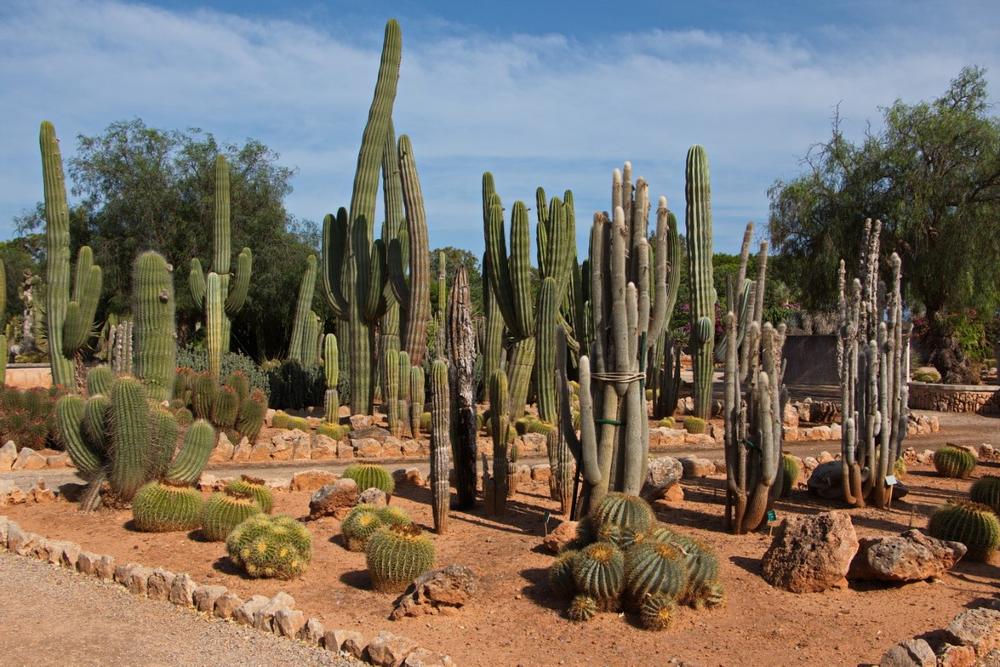
© kstipek/stock.adobe.com
Botanicactus Botanical Gardens in Ses Salines was established in 1989 and is one of the most extensive botanical gardens in Europe. The gardens are home to dozens of varieties of cactus, palm trees, bamboo, several Mediterranean species, a selection of tropical plants, and a tranquil artificial lake. The garden is divided into three zones, including semi-arid, wetland, and flora areas. These sections have been carefully designed to protect the plants from the wind. The wetland area features a large lake and is home to an array of tropical plants and flora. In contrast, the semi-arid region has species of grass, bamboo, palms, and more than 400 species and 12 varieties of cacti varieties. The native flora of Mallorca boasts almond and olive trees, orchards of apples and oranges, and groves of cypress, pine, carob, Eucalyptus trees.
Carretera, 07640 Ses Salines, Illes Balears, Spain, Phone: +34-971-64-94-94, Map
If you are traveling with kids:
3. Marvel at Underground Wonders in the Coves del Drac
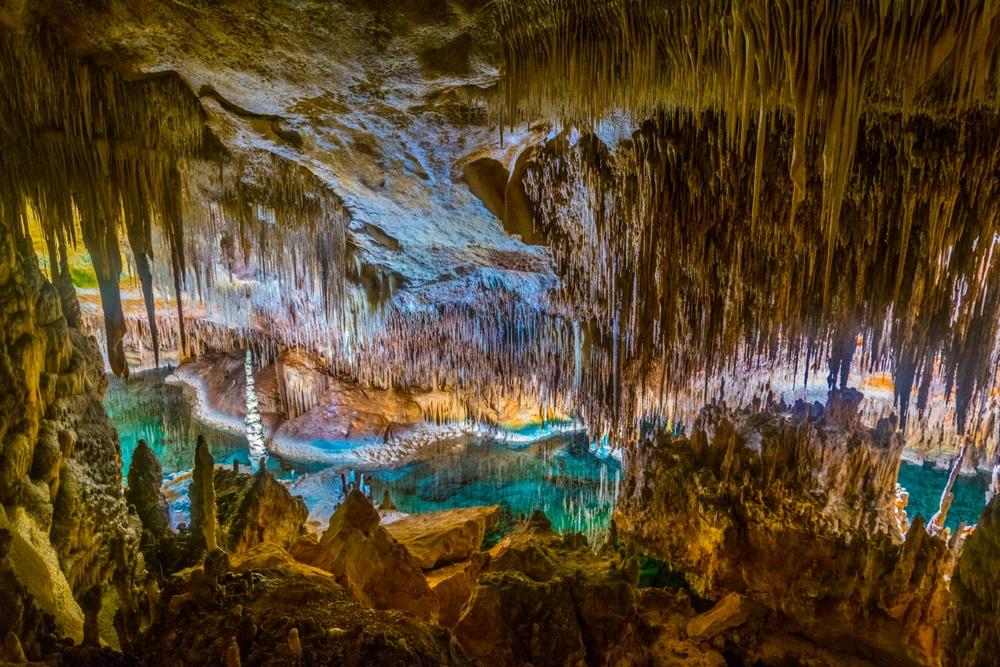
© dudlajzov/stock.adobe.com
Located on the east coast of Majorca near the town of Porto Cristo, the Coves del Drac (The Caves of Drach) are four great caves reaching over 2.5 miles and 82 foot deep. One of the island’s main tourist attractions, the caves feature a sizeable underground lake known as Lake Martel, which is named after French explorer and scientist Édouard-Alfred Martel, and considered one of the largest underground lakes in the world. The four caves, known as Black Cave, White Cave, Cave of Luis Salvador, and Cave of the French, are connected and can be explored on guided tours. Tours end with a short classical concert performed by four musicians on a boat in the lake.
Coves del Drac (The Caves of Drach)
, Ctra. de les Coves, s/n, 07680 Porto Cristo, Illes Balears, Spain, Phone: +34-971-82-07-53, Facebook
4. Discover Marine Life Up Close at Palma Aquarium
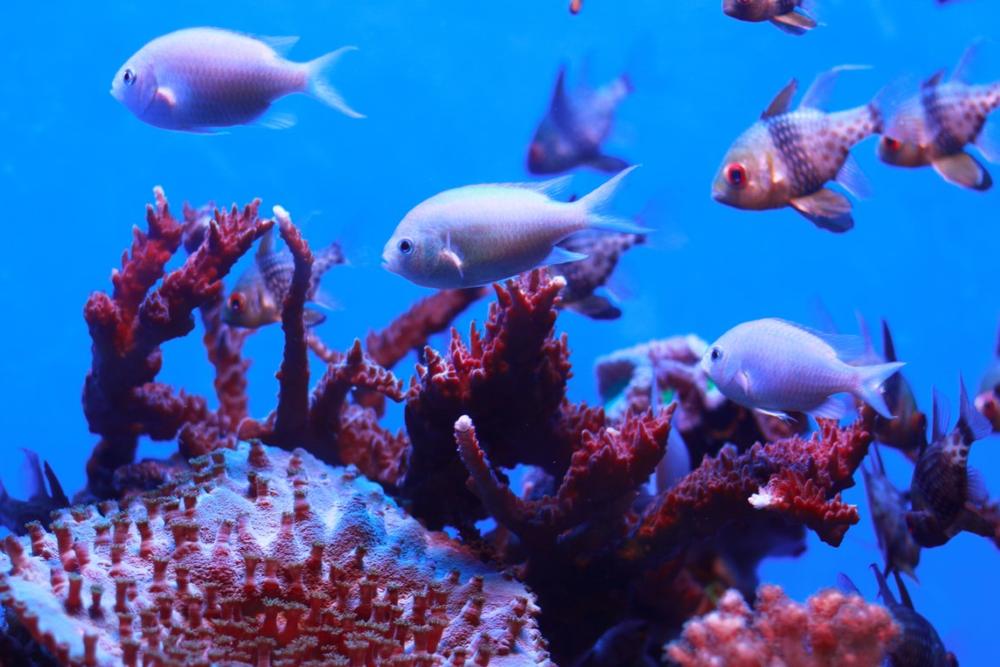
© silinatatiana/stock.adobe.com
Palma Aquarium is a marine sanctuary owned by Coral World International that features 55 tanks housing over 700 different species from the Mediterranean Sea and the Indian, Atlantic, and Pacific Oceans. The magical marine world has the deepest shark tank in Europe – the 28-foot deep Big Blue Tank, which contains large fish, sharks, and the largest collection of live coral in Europe. The award-winning aquarium hosts environmentally focused activities for visitors of all ages and plays a vital role in several conservation campaigns. The Palma Aquarium also has two cafés, an outdoor play area with a bouncy castle, a pirate ship, and a splash park, and a large gift shop.
Palma Aquarium, Carrer de Manuela de los Herreros, 21, 07610 Palma, Illes Balears, Spain
Activities and Attractions for Couples:
5. Tour the Gothic Towers of Bellver Castle
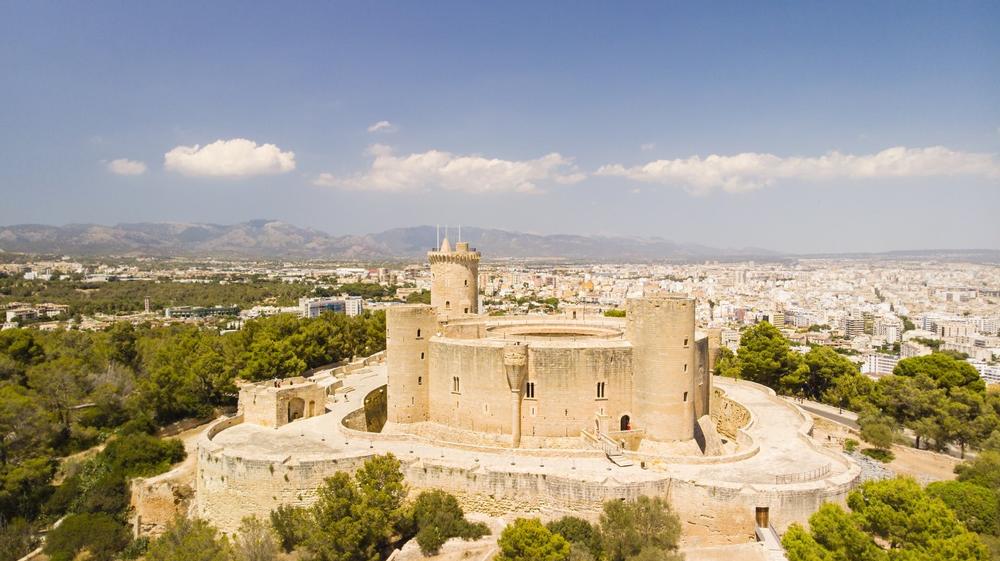
© dero2084/stock.adobe.com
Bellver Castle is a Gothic-style castle dating back to the 14th century that was built for King James II of Majorca. Situated on a hill overlooking Palma, the well-preserved 14th-century royal fortress was started by Jaume II in 1300 and created by the architect of the Almudaina Palace, Pere Salva, and is one of the few circular castles in Europe. The castle’s central courtyard is surrounded by three large towers that visitors can climb to soak up spectacular views over Palma.
Once used as a prison, Bellver Castle is now home to Palma's museum of local history, which houses an array of historical artifacts, including pottery from the Talaiotic, Roman, Arab, and Spanish periods.
6. Immerse Yourself in Modern Art at Fundacio Miro Mallorca (Foundation of Pilar and Jean Miro)
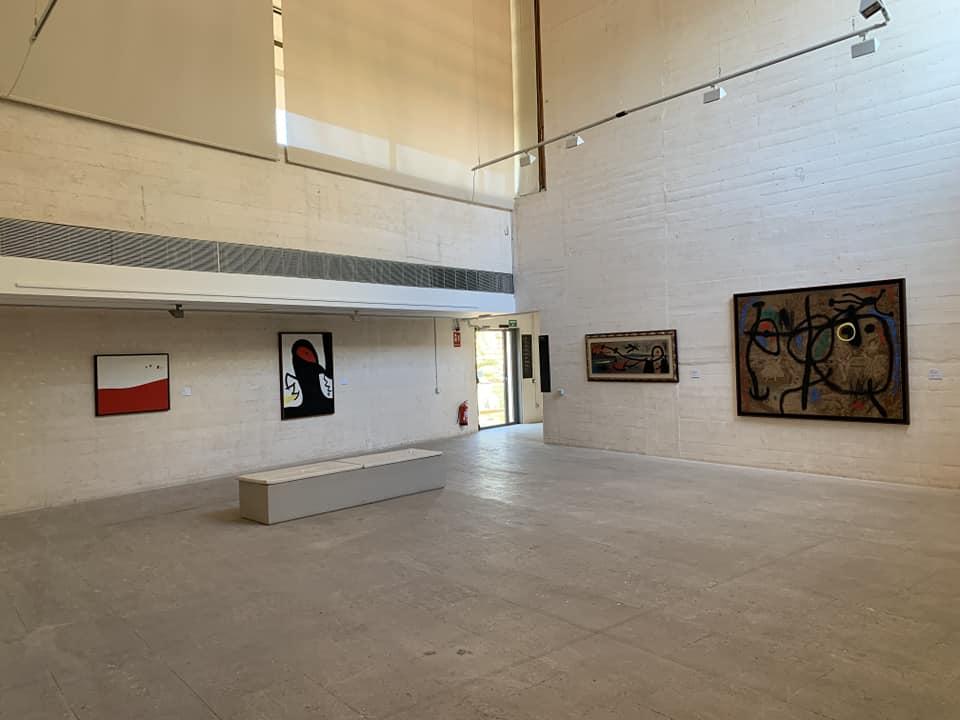
© Fundació Miró Mallorca (Foundation of Pilar and Jean Miro)
The Fundacio Miro Mallorca (Foundation of Pilar and Jean Miro) is a museum dedicated to the work of Spanish artist Joan Miró. Based in a building designed by the Spanish architect Rafael Moneo, the museum boasts more than 6,000 works, including paintings and sculptures, a comprehensive library, and a serene sculpture garden. The spectacular collection also features a critical document collection and four of Miró’s original studios, where he produced his best works.
Carrer de Saridakis, 29, 07015 Palma, Balearic Islands, Spain, Phone: +34-971-70-14-20, Map
7. Ride Through the Mountains on the Historic Soller Train
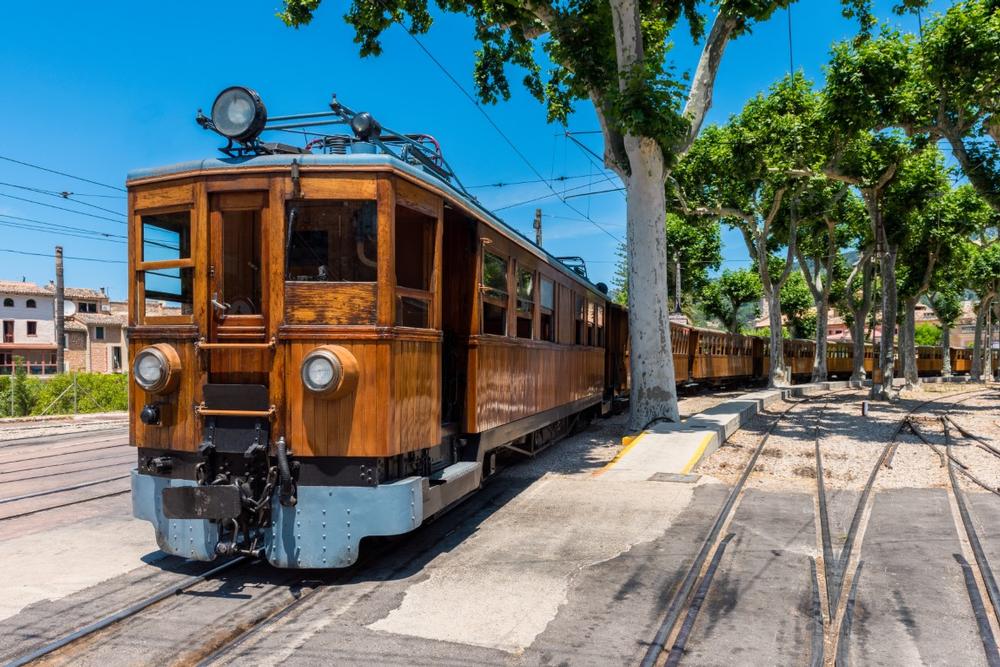
© allard1/stock.adobe.com
The Ferrocarril de Soller (Soller Train) is an inter-urban railway that is characterized by its narrow gauge with a track width of 914 mm (an English yard). The Sóller railway runs along a beautiful route through the Sierra de Alfàbia mountain range, rising 660 feet and winding through 13 longitudinal tunnels ranging in length from 108 to 9,500 feet long. The railway also crosses over several bridges and the magnificent 26-foot high “cinc-ponts” viaduct with its five arches.
Ferrocarril de Soller (Soller Train), Carrer d'Eusebi Estada, 1, 07004 Palma, Illes Balears, Spain, Phone: +34-971-75-20-51
8. Stroll Through Moorish Elegance at Jardines de Alfabia
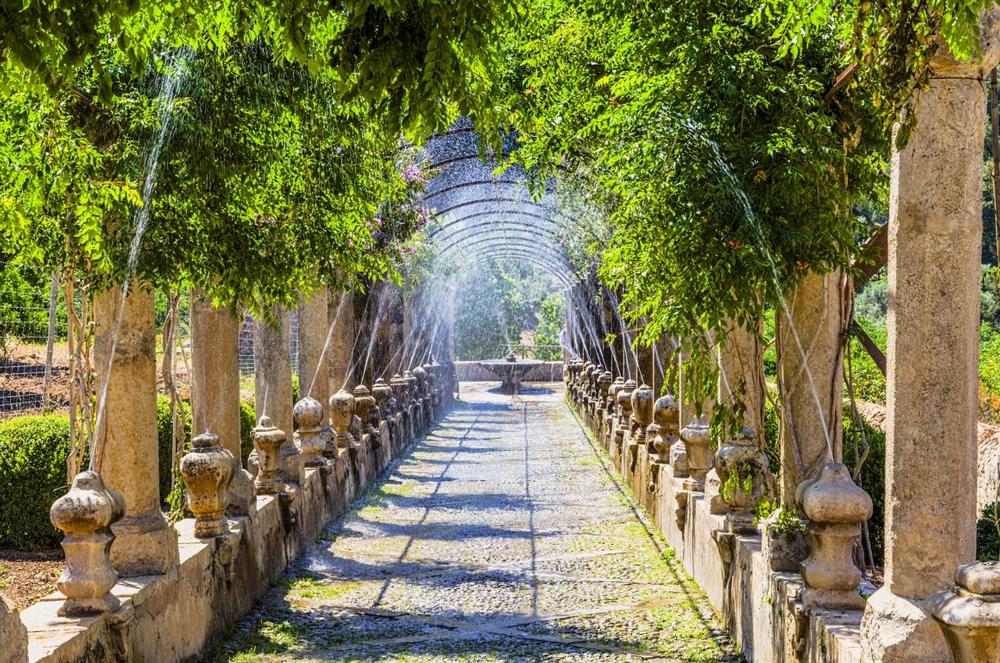
© Kevin Eaves/stock.adobe.com
Jardines de Alfabia is a beautiful complex with a historic Gothic-style home, exquisitely manicured gardens and grounds, and ornate 18th-century water fountains. Once the sprawling estate of Majorca's Moorish governor, the gardens are nestled in Bunyola in the heart of the Tramuntana mountain range and has several lovely attractions such as a courtyard fountain dating back to the 15th century, a serene canal with jets of water, and romantic 19th-century garden. The historic home has a combination of architectural styles and features, ranging from Arabic, Baroque, English, Gothic, Renaissance, Roman, and Rococo.
Jardines de Alfabia, Ctra. Palma-Sóller, km 17, 07110, Illes Balears, Spain, Phone: +34-971-61-31-23
Must-see if you are a first-time visitor:
- Serra de Tramuntana – If you enjoy hiking, scenic drives, and UNESCO-protected mountain villages.
- Palma Cathedral (La Seu) – Stunning Gothic cathedral overlooking Palma Bay, with interiors redesigned by Gaudí.
- Alcudia Old Town – Walk medieval walls, browse open-air markets, and dine in historic squares.
- Cuevas del Drach – Explore underground lakes and dramatic cave formations in Porto Cristo.
- Cap de Formentor – Drive or bike to this rugged peninsula for jaw-dropping cliffside views.
Where I Like to Eat
- Marc Fosh – Michelin-starred Mediterranean cuisine with creative flair in the heart of Palma.
- Celler Sa Premsa – Traditional Mallorcan dishes in a rustic setting with plenty of local flavor.
- Bens d'Avall – Cliffside fine dining with breathtaking sunset views and a focus on local ingredients.
- Quina Creu – Cozy and modern tapas bar tucked away in Palma’s Old Town.
My favorite local events:
- Festa de Sant Joan (June) – Bonfires, fireworks, and beach parties mark this beloved summer solstice celebration.
- Palma International Boat Show (April) – Yachts, superyachts, and luxury sea lifestyle in Palma’s marina.
- Fira de Pollença (August) – Local artisans, food vendors, and cultural performances in a charming mountain town.
- Dijous Bo in Inca (November) – The island’s largest autumn fair with food, livestock, crafts, and live music.
My favorite day trips within 30 Minutes to 1 Hour of Palma, Mallorca:
- Valldemossa (30 min) – Wander cobblestone streets and visit the monastery where Chopin once stayed.
- Deià (45 min) – Artists’ haven with stunning sea views and bohemian charm.
- Sóller (45 min by vintage train) – Explore citrus groves and charming cafés after a scenic mountain ride.
- Es Trenc Beach (1 hr) – Unspoiled white sands and turquoise waters on the island’s south coast.
- Port de Pollença (1 hr) – Family-friendly beach town with tranquil waters and scenic promenade.
- Sa Calobra & Torrent de Pareis (1 hr) – Dramatic drive or boat ride to a surreal gorge and hidden beach.
- Binissalem (30–40 min) – Wine country escape with tastings at historic bodegas.
Plan Your Trip


